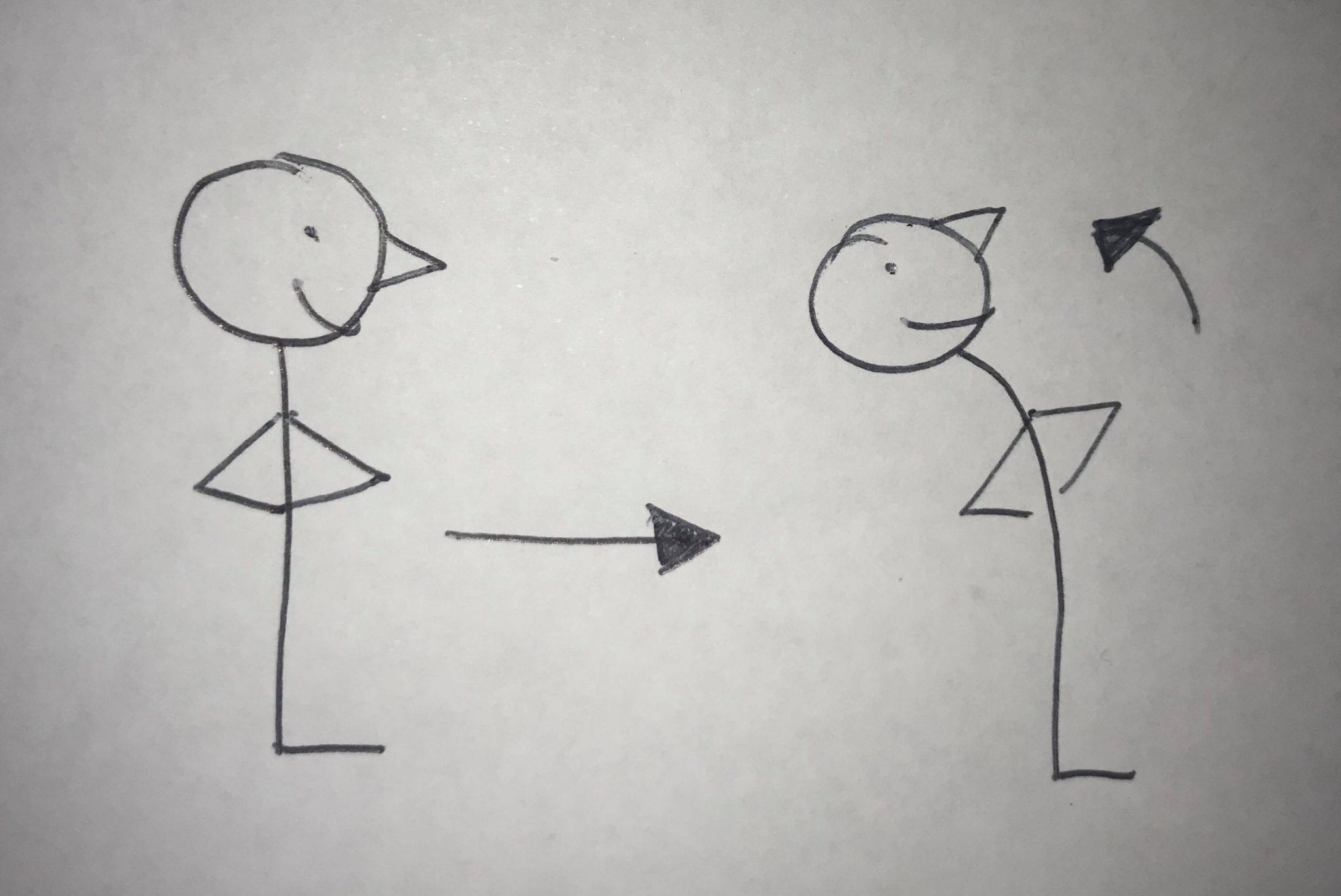It’s Friday afternoon and you’re finalising the last details of a project you’ve been working overtime to finish. Your lower back and neck start to ache, but you’re not worried because you know that once you knock off work today you’ll be headed straight for two weeks of glorious powder skiing. Your back will be free from the long hard hours of uncomfortable work postures.
Five o’clock finally arrives and you waste no time escaping the office and jumping into your car to head directly for the airport.
Fourteen hours later (via plane, train and taxi), and you finally arrive mid morning at your Hakuba hotel. Thirty centimetres of fresh Japanese powder has fallen overnight and you’re itching to drop your bags and sneak in a cheeky half day of skiing to start things off.
All checked-in, you reach down to pick up your luggage and head up to you room, and that’s when it happens.
Suddenly you feel a sharp, excruciating pain in your lower back. You try to stand up again but the stabbing pain in the back stops you halfway and now you’re stuck in a half stooped forward position. Grabbing onto the reception desk in agony a feeling of horror washes over you.
There’s no way you can go skiing.
What’s wrong with your back?
Between each of the bones making up our spine we have discs. These discs provide cushioning allowing our spines to move without the bones rubbing together which would cause pain. Discs can be likened to jam donuts, with a stronger section around the outside and softer substance (like the jam) in the centre.
Discs can be irritated or in worse cases even have bulges (protrusion/collapse/herniation). What this means is that instead of sitting evenly as a cushion between our vertebrae bones, they are wedged in one direction (usually flattened at the front and pressing backwards), putting pressure on our nerves and causing pain.
This generally happens when we repeatedly adopt poor postures hunching forwards and rounding our lower back during sitting, standing and lifting. This puts increased pressure on the front or our discs which can create the wedge and irritation effect over time.
Any of you that have had back pain before know how suddenly it can come on and how debilitating it can be particularly for the first few days.
How could you prevent this back problem?
You’ve noticed yourself getting stiff and sore during the week at work but ignored the pain and discomfort, pushing through before your holiday. Plus you worked longer hours assuming that you could hold out until this holiday.
What can you do to avoid the back pain while traveling?
1. Keep moving
Joints like to be kept moving so that they don’t stiffen up, and our spine and discs are no different.
Whilst travelling, aim to get out of your seat on the plane frequently (hourly while awake) to have a quick walk and stretch your legs in the aisle of the plane. Similarly with long car journeys ensure you pull over a few times to get out of the car and straighten your back and move your legs. This will help to re-activate your postural muscles and take pressure off your lower back.
2. Reverse the bend

One of the best exercises for long journeys is the standing back extension. Stand up tall and squeeze your bottom as you arch your spine backwards as far as comfortable. Try to avoid bending your knees.
3. Keep up your fitness
This should be incorporated ongoing into your lifestyle. Keeping your muscles strong by maintaining a regular fitness routine is key to preventing and managing back pain. The key muscles to think about are your glutes (butt) and lower core, as these muscles work to stabilise around your spine. The better your fitness, the longer you will be able to sustain good posture.
4. Maintain good posture
Take note of your posture throughout the day. Adjusting ergonomics at work and at home can be useful to optimise your posture, in addition to avoiding prolonged positions where our postural muscles get lazy.
When sitting, try placing a lumbar cushion (or rolled towel) just below the curve of your lower back. Having the cushion placed here makes it easier to maintaining better posture for longer, thus avoiding uneven pressures through the discs in your spine.
5. Check in with your physiotherapist
If you start feeling like you’re back is niggling, or if you’ve had previous episodes of back pain and perhaps dropped off your exercise routine, taking action earlier is always better. Follow up with a Physio and ensure you are preventing a back pain flare up, rather than having to treat one while you’re away.






